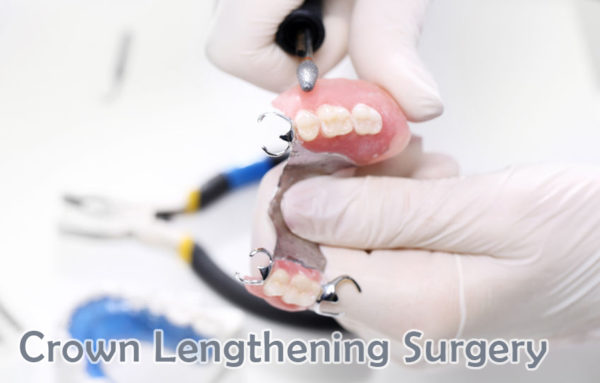Functional C/L surgery: Your dentist recommends dental crown lengthening to make a restorative procedure possible. Perhaps your tooth is decayed, broken below the gum line, or has insufficient tooth structure for a restoration, such as a crown or bridge. Crown lengthening adjusts the gum and bone level to expose more of the tooth (high and dry) so it can be properly restored.
Cosmetic C/L surgery: Excess gum (Gummy smile) and bone tissue is reshaped to expose more of the natural tooth. This can be done to one tooth to even up your gum-line, or to several teeth to expose a natural broad smile.
Sedation Dentistry
Although many people can have dental implant or periodontal surgeries done using just the local anesthesia (numbing), there are options to help alleviate anxiety and apprehension associated with the procedure.
- Nitrous Oxide (laughing gas): you can drive yourself to and from your appointment.
- Oral sedation (2 pills) and Nitrous Oxide combination: You will need a driver, as the pills make you very sleepy. A safe and more economic option to IV.
- I.V. Sedation (conscious sedation): You will need a driver. This is a deeper, more predictable means of sedation. This is NOT the general anesthesia used in hospitals.
Post-Op Pain Management
Mostly handled by NSAID (Non-steroidal Anti-inflammatory drugs) such as Ibuprofen (Motrin 800mg). This is a non-drowsy medication that allows you to still do your daily activities such as working and driving.
For those more invasive procedures, we also prescribe a limited amount of Narcotic pain medication for a short period of time.
Most procedures will also require 3 days of antibiotics.



